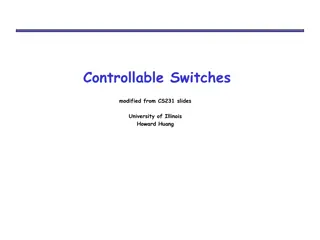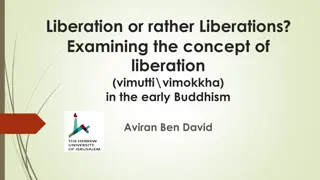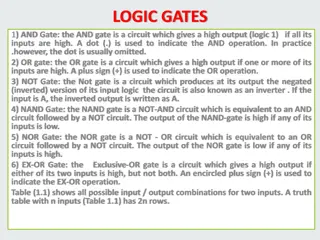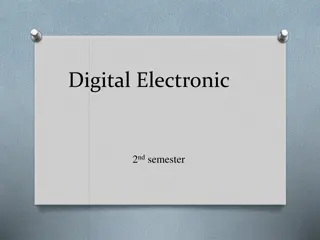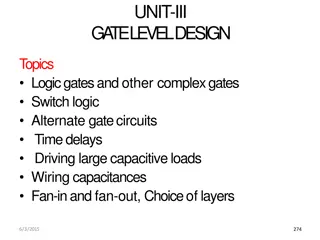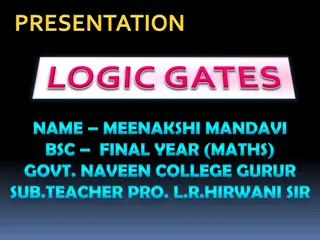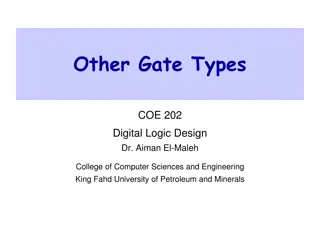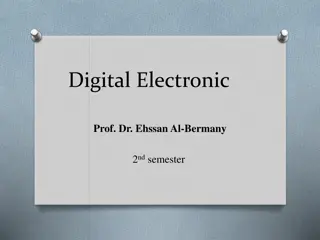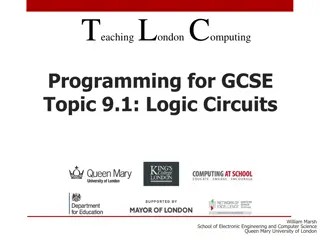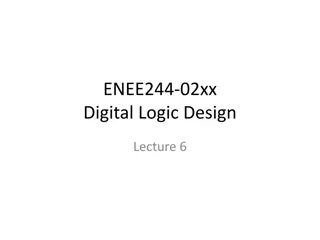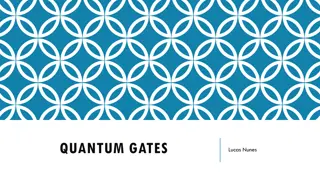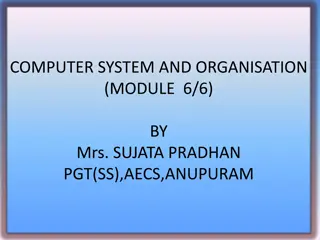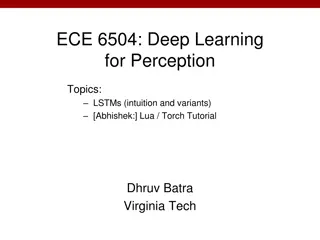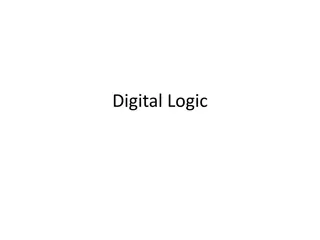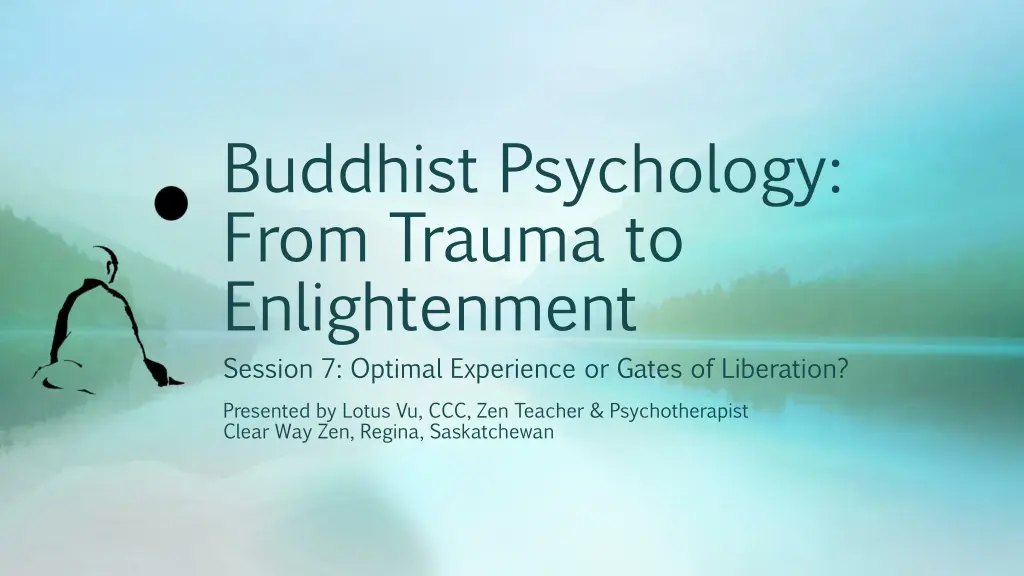
Buddhist Psychology: Optimal Experience and Gates of Liberation Explained
Explore the intersection of Positive Psychology, Clinical Psychology, and Buddhism in the journey from trauma to enlightenment. Learn about the pillars of positive psychology, flow states, and the three gates of liberation.
Download Presentation

Please find below an Image/Link to download the presentation.
The content on the website is provided AS IS for your information and personal use only. It may not be sold, licensed, or shared on other websites without obtaining consent from the author. If you encounter any issues during the download, it is possible that the publisher has removed the file from their server.
You are allowed to download the files provided on this website for personal or commercial use, subject to the condition that they are used lawfully. All files are the property of their respective owners.
The content on the website is provided AS IS for your information and personal use only. It may not be sold, licensed, or shared on other websites without obtaining consent from the author.
E N D
Presentation Transcript
Buddhist Psychology: From Trauma to Enlightenment Session 7: Optimal Experience or Gates of Liberation? Presented by Lotus Vu, CCC, Zen Teacher & Psychotherapist Clear Way Zen, Regina, Saskatchewan
Covered in this session Positive Psychology of Well-Being Comparing between Clinical, Positive Psychology and Buddhism Pillars of Positive Psychology and Buddhism s Well-Being Psychology of Flow vs. Wu Wei vs. Non-Dual Experience The 3 Gates of Liberation
Positive Psychology A school of psychology focused on what creates/enhance happiness and well-being. Famous proponents are Martin Seligman, Mihaly Csikszentmihalyi and Tal Ben-Shahar.
Clinical Psychology and Positive Psychology Clinical Psychology and Positive Psychology A Brief Comparative Analysis A Brief Comparative Analysis Clinical Psychology Positive Psychology 1. Focuses on symptoms and challenges to reach a solution. 1. Focuses on positive thoughts, emotions, and actions to reach a solution. 2. Aims to validate theories and put pieces of evidence together to explain and treat a mental condition. 2. Aims to promote happiness and operates on principles that support wellbeing. 3. Digs into the past to explore the causal factors. 3. Explores the present and the future to find better ways of living. 4. Includes areas like education, learning disabilities, depression, stress, addiction, trauma, etc. 4. Includes areas of strength, virtues, talents, abilities, and self-enhancement. 5. Operates in the presence of a problem. 5. Operates with or without psychopathology. 6. Is preventive and recovery-oriented. 6. Is preventive and precautionary.
Positive Psychology and Buddhism Positive Psychology and Buddhism A Brief Comparative Analysis A Brief Comparative Analysis Buddhism Positive Psychology 1. Focuses on increasing positive emotions and tolerating negative ones to release it 1. Focuses on positive thoughts, emotions, and actions to reach a solution. 2. Aims to promote self-exploration through introspection and meditation, and strengthen connections with others. 2. Aims to promote happiness and operates on principles that support wellbeing. 3. Understand the present, but be mindful of past patterns in the present and present actions that affect the future. 4. Includes all areas of life from personal, professional, social and spiritual while observing the present to gain insights into these aspects. 5. Operates without psychopathologizing sufferings. 6. Is understanding, acceptance and change, that s recovery, preventative and precautionary oriented. 3. Explores the present and the future to find better ways of living. 4. Includes areas of strength, virtues, talents, abilities, and self-enhancement. 5. Operates with or without psychopathology. 6. Is preventive and precautionary.
Enlightenment of the Buddha https://youtu.be/EiseKrDBVeQ?si=skWTWIRr2Dvw3OB6
Positive Psychology 4 Burgers
Pillars of Positive Psychology that Improves Mental Health 1. Focus on the positives/ Count your blessing 2. Practice gratitude! 3. Learning from negative experiences 4. Mindfulness 5. Healthy lifestyle (exercise, food, good sleep, good company) 6. Monitor your moods and emotions: understand them!
Pillars of Buddhisms Well-Being 1. Walk everyday (as the Buddha did 20 km a day) or exercise daily. 2. Eat healthy (1 meal a day or OMAD fasting, vegetarianism) 3. Meditation (Jhanas, Mindfulness, Loving-kindness etc..) 4. Reflections/recollections: learning from negative and positive experiences by observing them deeply and dispassionately. 5. Keep out of trouble (follow the precepts) 6. Keep good company for support (helpful friends, sangha and teacher)
The Psychology of Flow https://youtu.be/74Wei0-vAZs?si=SSj9jcuPcx_swjSe
Wu Wei (Non-Doing) https://youtu.be/NvZi7ZV-SWI?si=zg5qs1Z4l_RhAUzw
Flow vs. Non-dual Experience Flow Flow Effortless Concentrated and Absorbed Timeless Pleasurable Non-goal oriented With practice and skills (not too difficult, not too hard) Object oriented Non Non- -dual (non dual (non- -doing/Wu Effortless Open and aware (non-absorbed) Timeless No-pleasure Non-goal oriented Non-attached to results, doesn t require skills or practice Non-object oriented (lack of perceptual schemas) Self-processes can happen, but it doesn t affect experience. Requires wisdom and/or insights to enter doing/Wu- -Wei) Wei) Self-process temporarily paused Doesn t require wisdom or insights
Three Gates of Liberation 1. Emptiness or Non-self 2. Signlessness (absence of characteristics) 3. Aimlessness or Desirelessness
Generosity Make this course happen again for others: Consider donating to the sangha via reginazensangha@gmail.com Consider appreciating Lotus by donating to lotusvu@clearwayzen.ca





